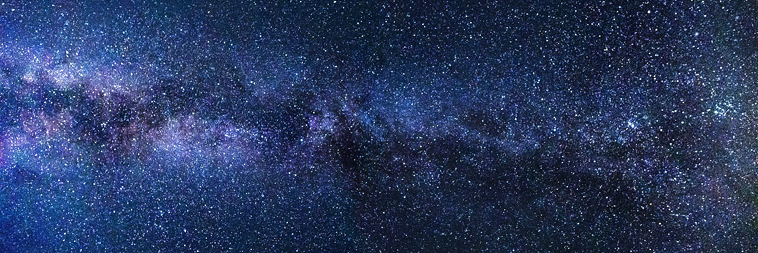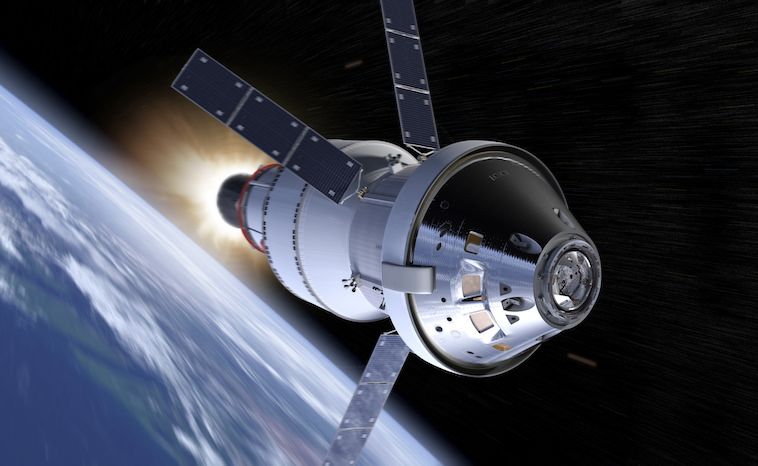Artemis-Mondlandungsprogramm

Die NASA hat angekündigt, dass ihr Artemis-Mondlandeprogramm beginnen soll. Lies weiter, um mehr über dieses neue Mondprogramm zu erfahren.
In 2017, President Donald Trump ordered NASA to send astronauts back to the moon. More than fifty years have passed since the first Apollo mission. The United States sees this as a significant step in promoting space exploration. In March 2019, Vice President Mike Pence gave NASA a five-year deadline to send female and male astronauts to the moon. NASA announced this month that the new program will be named after Apollo’s twin sister, Artemis. NASA Administrator Jim Bridenstine issued the following statement.
“It turns out Apollo had a twin sister, Artemis. She happens to be the goddess of the moon,” Bridenstine said, referring to Greek mythology. “Our astronaut office is very diverse and highly qualified. I find it very nice. Fifty years after Apollo, the Artemis program will bring the next man and first woman to the moon.”

Photo credit: NASA
Artemis funding increased
To ensure NASA has the resources it needs, President Trump has revised his budget. The new budget includes $1.6 billion for the agency. In addition, the mission guidelines have been slightly changed. “Among other things, we can use this to accelerate the development of the Space Launch System and Orion. It will support the development of a human lunar landing system. In addition, progenitor functions on the lunar surface are supported. This includes increased robotic exploration of the Moon’s polar region,” said Jim Bridenstine. However, this will take NASA’s focus away from the planned Gateway spacecraft , which was scheduled for launch in 2022. This resulted in Project Gateway being pushed back to 2028.
With the additional resources, NASA can continue to develop its Orion space capsule. The space capsule launched in 2011 as a concept design. In 2014, a successful launch took Orion into space for 4 hours and 24 minutes. They plan to have the Orion capsule ready for astronauts by the deadline in 2024.
SLS missile system
A big part of getting Orion to the moon revolves around NASA’s Space Launch System (SLS). The SLS is NASA’s two-stage rocket system. The super-heavy launch vehicle can carry more than 26 tons (52,000 pounds). The first test block is scheduled to enter service in 2021 with two five-segment rocket engines and four RS-25D engines. In addition, the first test will demonstrate the integrated space systems before a manned flight. In addition, the test includes a re-entry speed test (11 km/s or 6.8 mi/s) for the Orion thermal protection system. Basically, Block 1 is used to send the crew to the moon once they pass all the tests.
The second part of the SLS, the Block 1B crew vehicle, will use a new, more powerful engine. The Block 1B vehicle can carry the Orion crew vehicle along with exploration systems such as a Deep Space Habitat Module in a single launch. Additionally, the Block 1B crew vehicle can carry approximately 37 tons (81,000 pounds) into space, including Orion and its crew. The SLS launches with cargo only and has a large-volume payload fairing that can be used to send larger exploration systems or scientific spacecraft on exploration missions into the solar system. (NASA 2019)
The next SLS configuration, Block 2, provides 11.9 million pounds of thrust and will be the engine to transport cargo to the Moon, Mars and other space destinations. SLS Block 2 is designed to launch more than 45 tons (99,000 pounds) into space.
With more money, the possibility of reaching the moon by 2024 looks promising. As long as all tests go well, we may see people on the moon again in the coming years.
